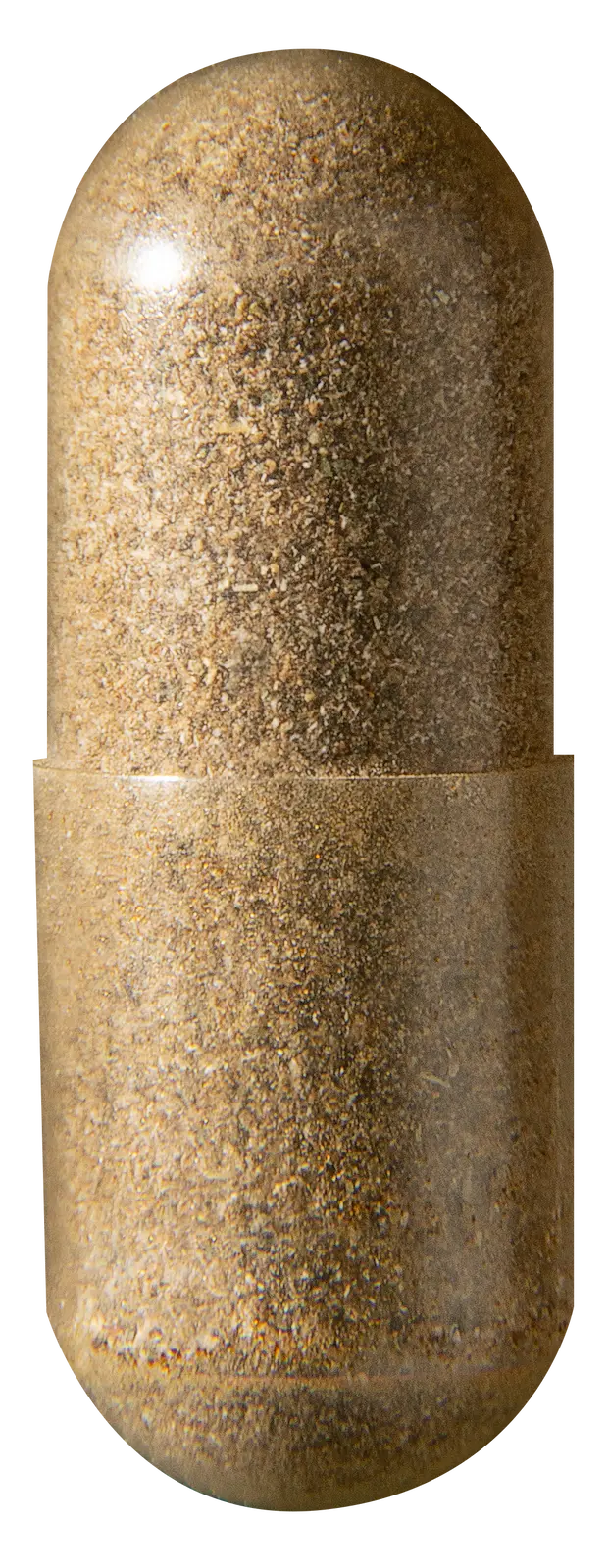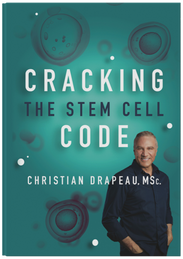Another Area of Medicine with Little Hope
In 2016, the World Health Organization reported that lung problems affected 251 million individuals with an estimated 3.17 million deaths, accounting for approximately 5% of all global deaths. And unfortunately, not much can be done to mitigate this problem. The Mayo Clinic says that “effective therapy is available that can control symptoms, slow progression, reduce your risk of complications and exacerbations, and improve your ability to lead an active life.” And they subsequently list the treatment protocols which include stopping smoking, the use of bronchodilators, steroids, antibiotics, oxygen therapy, and ultimately a lung transplant. In other words, there is nothing that can be done to help repair the lungs; we can only manage the symptoms.
Stem Cells Can Repair the Lungs
As with most of the organs of the body, stem cell research has demonstrated that bone marrow stem cells have the ability of migrating into the lungs and transforming into new lung cells.[1][2] Consequently, scientists began investigating ways of tapping into the regenerative potential of adult stem cells in order to help repair damaged lungs, which led to the discovery that a simple injection of bone marrow-derived stem cells could help repair the lung.[3] This approach soon became the focal point of investigation with various types of lung problems.
Stem Cells Can Repair Lung Damage from Smoking
Long-term exposure to cigarette smoking is the main cause of lung problems. Duplicating long-term exposure to cigarette smoking in mice, it was reported that injection of bone marrow stem cells into the bloodstream led to reduced inflammation in the lungs, along with other markers of lung damage.[4] In fact, over the years, many other studies have reported that stem cell injection into the bloodstream can improve lung function.[5][6][7][8][9]
Endogenous Stem Cell Mobilization and Cigarette Smoking
On the basis of these observations, scientists investigated whether the release of one’s own stem cells could also help repair the lung and improve the consequence of cigarette smoking. Using compounds that are known to trigger Endogenous Stem Cell Mobilization (ESCM), it was documented that ESCM can indeed help reverse the consequence of cigarette smoking, improving both lung function and the capacity to exercise physically.[10][11]
Number of Circulating Stem Cells and COPD
Like many other age-related problems, several studies suggest that lung problem could result from long-term reduction in the number of stem cells in circulation. When comparing healthy individuals with people experiencing a decline in the health of the lungs, those with declining health were found to have, on average, a 3-fold reduction in the number of circulating stem cells.[12]
Conclusion
In conclusion, ESCM using a natural herbal stem cell enhancer could help support pulmonary function and increase general quality of life for people with declining respiratory health.
Sources:
-
Multi-organ, multi-lineage engraftment by a single bone marrow-derived stem cell.
Krause DS, Theise ND, Collector MI, Henegariu O, Hwang S, Gardner R, Neutzel S, Sharkis SJ.
Cell. 2001 May 4;105(3):369-77. -
Pluripotency of mesenchymal stem cells derived from adult marrow.
Jiang Y, Jahagirdar BN, Reinhardt RL, Schwartz RE, Keene CD, Ortiz-Gonzalez XR, Reyes M, Lenvik T, Lund T, Blackstad M, Du J, Aldrich S, Lisberg A, Low WC, Largaespada DA, Verfaillie CM.
Nature. 2002 Jul 4;418(6893):41-9. Epub 2002 Jun 20. -
Bone marrow-derived progenitor cells are important for lung repair after lipopolysaccharide-induced lung injury.
Yamada M, Kubo H, Kobayashi S, Ishizawa K, Numasaki M, Ueda S, Suzuki T, Sasaki H.
J Immunol. 2004 Jan 15;172(2):1266-72. -
Adipose stem cell treatment in mice attenuates lung and systemic injury induced by cigarette smoking.
Schweitzer KS, Johnstone BH, Garrison J, Rush NI, Cooper S, Traktuev DO, Feng D, Adamowicz JJ, Van Demark M, Fisher AJ, Kamocki K, Brown MB, Presson RG Jr, Broxmeyer HE, March KL, Petrache I.
Am J Respir Crit Care Med. 2011 Jan 15;183(2):215-25. -
Mesenchymal stromal cells: a novel therapy for the treatment of chronic obstructive pulmonary disease?
Broekman W, Khedoe PPSJ, Schepers K, Roelofs H, Stolk J, Hiemstra PS. Thorax. 2018 Jun;73(6):565-574. -
Biological effects and mechanisms of action of mesenchymal stem cell therapy in chronic obstructive pulmonary disease.
Jin Z, Pan X, Zhou K, Bi H, Wang L, Yu L, Wang Q. J Int Med Res. 2015 Jun;43(3):303-10. -
Bone marrow-derived cells contribute to lung regeneration after elastase-induced pulmonary emphysema.
Ishizawa K, Kubo H, Yamada M, Kobayashi S, Numasaki M, Ueda S, Suzuki T, Sasaki H.
FEBS Lett. 2004 Jan 2;556(1-3):249-52. -
Bone marrow mesenchymal stem cells ameliorate lung injury through anti-inflammatory and antibacterial effect in COPD mice.
Liu HM, Liu YT, Zhang J, Ma LJ. J Huazhong Univ Sci Technolog Med Sci. 2017 Aug;37(4):496-504. -
MSCs relieve lung injury of COPD mice through promoting proliferation of endogenous lung stem cells.
Liu HM, Ma LJ, Wu JZ, Li YG. J Huazhong Univ Sci Technolog Med Sci. 2015 Dec;35(6):828-833. -
AMD3100 ameliorates cigarette smoke-induced emphysema-like manifestations in mice.
Barwinska D, Oueini H, Poirier C, Albrecht ME, Bogatcheva NV, Justice MJ, Saliba J, Schweitzer KS, Broxmeyer HE, March KL, Petrache I. Am J Physiol Lung Cell Mol Physiol. 2018 Sep 1;315(3):L382-L386. -
Recovery of pulmonary structure and exercise capacity by treatment with granulocyte-colony stimulating factor (G-CSF) in a mouse model of emphysema.
Fortunato G, Vidal DT, Klein W, Neto A, Angrizani A, Vasconcelos JF, Kaneto C, Souza BS, Ribeiro-dos-Santos R, Soares MB, Macambira SG. Pulm Pharmacol Ther. 2014 Apr;27(2):144-9. -
Circulating haemopoietic and endothelial progenitor cells are decreased in COPD.
Palange P, Testa U, Huertas A, Calabrò L, Antonucci R, Petrucci E, Pelosi E, Pasquini L, Satta A, Morici G, Vignola MA, Bonsignore MR. Eur Respir J. 2006 Mar;27(3):529-41.





